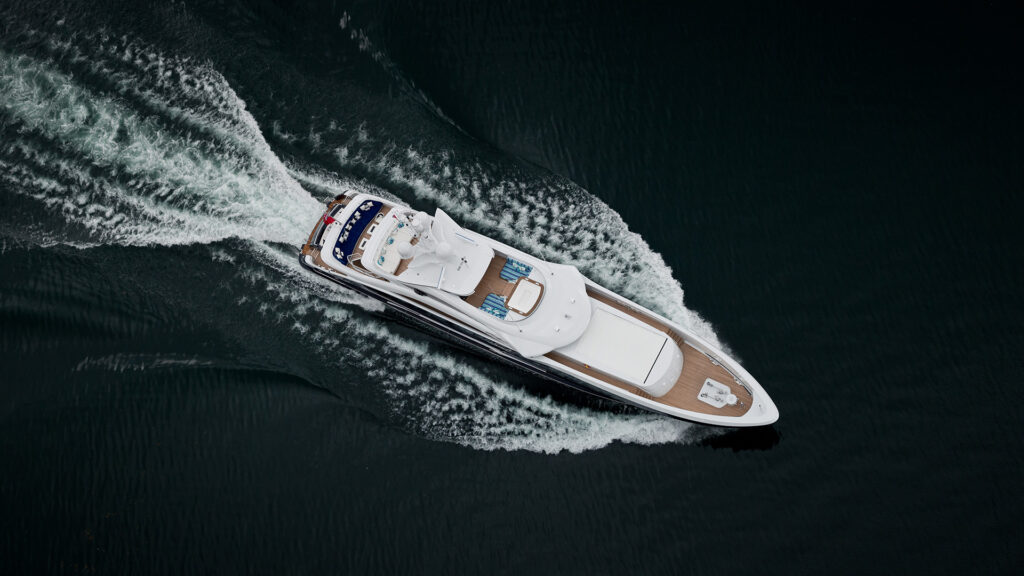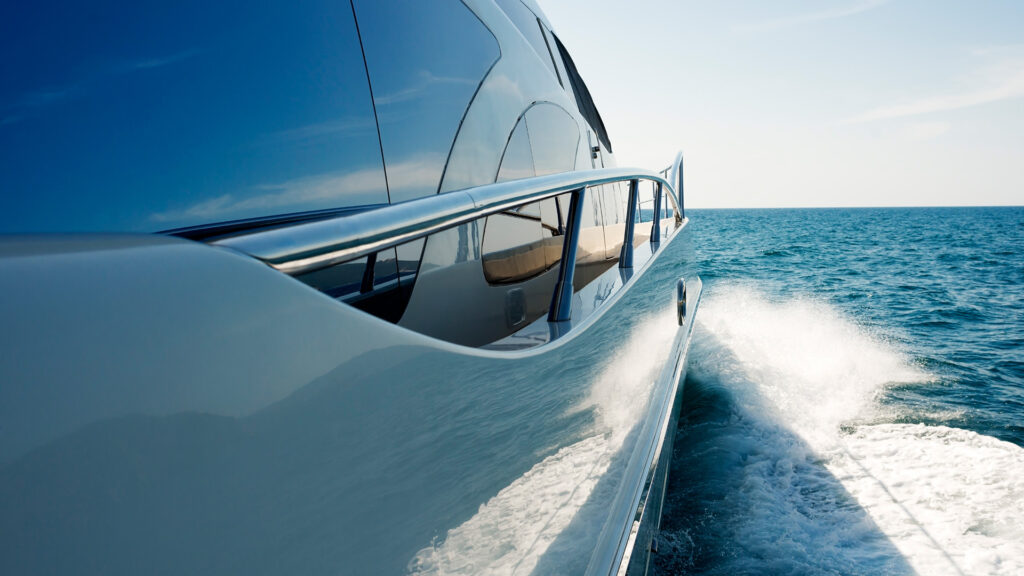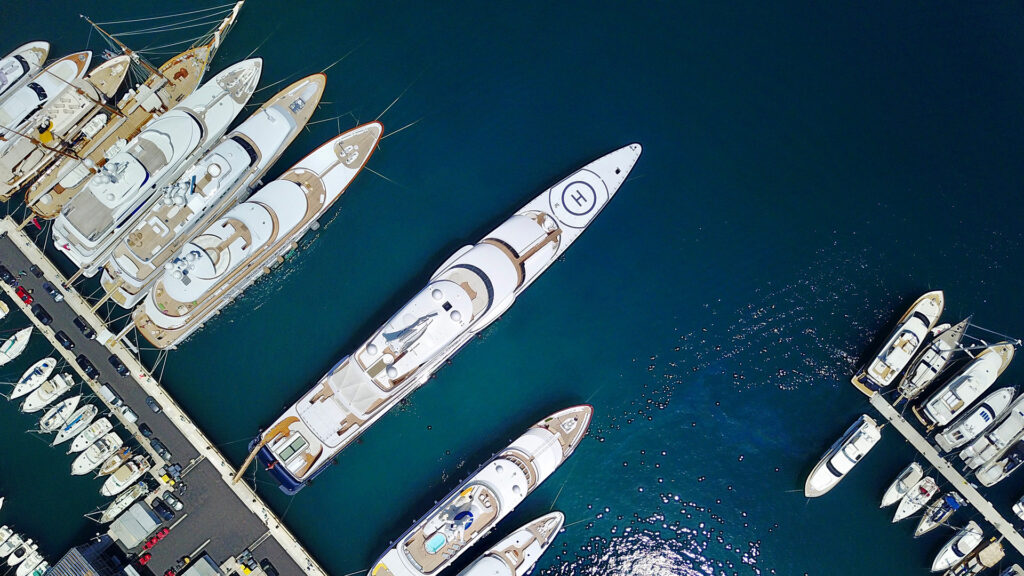A new tide
A New Framework for shipbuilding State aid & a Commission Consultation on the maritime guidelines
A new framework for shipbuilding State aid
On 14 December 2011, the European Commission (the Commission), published a new framework for shipbuilding State aid (the New Framework), extending the duration of specific sector guidelines. The New Framework includes additional vessels to which aid is applicable, provides more detailed guidelines on the provision of innovation aid and grants additional incentives for environmental innovations.
The Commission acknowledges that the shipbuilding industry is strategically important to the European economy and possesses a unique range of characteristics. Therefore, the Commission considers that it is necessary to provide additional financial assistance (in the form of sector specific State aid) to encourage further investment in innovation. Innovation ensures the continued international competitiveness of the European shipbuilding industry. At the unveiling of the New Framework, Joaquín Almunia, Commission Vice President in charge of competition policy, remarked:
“Encouraging innovation in shipbuilding is vital for the competitiveness of this industry. The new rules will help to maintain a specialised, competitive and innovative shipbuilding industry in Europe.” (European Commission Press Release IP/11/1514)
The announcement comes following the publication of two Commission consultation papers into shipbuilding State aid in the last two years, in order to assess the need for sector specific guidance. The Commission intends to align the shipbuilding provisions with other horizontal State aid provisions (Paragraph 1, Communication from the Commission, Framework on State Aid to Shipbuilding (2011/C364/06) (“The New Framework”)) by 2014.
Background to the New Framework
The Commission originally published guidelines on this subject in 1989. These guidelines were reviewed in 1997. The previous framework on State aid to Shipbuilding (Framework on State aid to Shipbuilding (2003/C/317/06) (“the Previous Framework”)) (the Previous Framework), had operated since 2004. The Previous Framework was introduced with the objective of removing the differences between the rules applying to the shipbuilding industry and other industrial sectors and increasing policy transparency by extending more general provisions to the shipbuilding sector (Article 2 of the Previous Framework). The Previous Framework was originally intended to continue until 31 December 2006.
Two further extensions of the Previous Framework were granted by the Commission in 2006 (Commission communication concerning the prolongation of the Framework on State aid to shipbuilding (2006/C 260/03)) and 2008 (Communication from the Commission concerning the prolongation of the Framework on State aid to shipbuilding (2008 C 173/03)) respectively. The Previous Framework expired on 31 December 2011.
In 2010, the Commission issued a consultation to assist in an assessment of the requirement of the State aid rules in relation to shipbuilding. This consultation was the subject of a 2010 client briefing (European Commission Publishes Consultation on State Aid Rules for Shipbuilding, November 2010 (http://www.hfw.com/__data/assets/pdf_file/0012/12270/Client-Brief-State-Aid-Rules-for-Shipbuilding-A4-4pp-November-2010.pdf)). A follow-up consultation was issued in July 2011.
On 14 December 2011, the New Framework was published in the Official Journal of the European Union. The Commission will apply the principles in the New Framework from 1 January 2012 until 31 December 2013.
The substance of the New Framework
Objectives
The New Framework permits the Commission to authorise aid to shipyards, or in the case of export credits, aid to shipowners, which is granted for building, repair or conversion of certain types of vessels.
The New Framework encourages innovation that leads to environmental protection beyond adopted Union standards and extends the scope of the current regulations to inland waterway vessels and floating and moving offshore structures.
The New Framework contains specific provisions in relation to innovation aid and regional aid, as well as export credit provisions. Aid to the shipbuilding sector can be deemed compatible with the internal market under the Treaty on the Functioning of the European Union (TFEU) and under other horizontal State aid instruments.
What vessels are covered by the New Framework?
The following definitions are applicable under the New Framework (See Footnote 2, Paragraph 2):
- “Shipbuilding” means the building, in the Union, of self-propelled commercial vessels.
- “Ship repair” means the repair or reconditioning, in the Union, of self-propelled commercial vessels.
- “Ship conversion” means the conversion, in the Union, of self-propelled commercial vessels of not less than 1000 gross tons, on condition that conversion operations entail radical alterations to the cargo plan, the shell, and the propulsion system of the passenger accommodation.
- “Self-propelled commercial vessel” means a vessel that, by means of its permanent propulsion and steering, has all the characteristics of self-navigability on the high seas or on inland waterways and belongs to one of the following categories:
- Seagoing vessels of not less than 100 gross tons and inland waterway vessels of equivalent size used for the transportation of passengers/goods.
- Seagoing vessels of not less than 100 gross tons and inland waterway vessels of equivalent size used for the performance of a specialised service (for example, dredgers and ice-breakers).
- Tugs of not less than 365 kW.
- Unfinished shells of the vessels referred to in the above points that are afloat and mobile.
- “Floating and moving offshore structures” means structures for the exploration, exploitation or generation of oil, gas or renewable energy that have the characteristics of a commercial vessel, except that they are not self-propelled and are intended to be moved several times during their operation.
Specific measures: regional aid and innovation aid
The closure aid (Paragraph 3.32 of the Previous Framework), employment aid (Paragraph 3.33 of the Previous Framework) and development aid (Paragraph 3.35 of the Previous Framework) provisions in the Previous Framework have not been included in the New Framework. However, the New Framework does contain guidance on both regional and innovation aid.
Regional aid
Regional aid to shipbuilding, ship repair or ship conversion may be deemed compatible with the internal market if it fulfils the following conditions:
- The aid must be granted for investment in upgrading/modernising existing yard(s) with the objective of improving the productivity of existing installations.
- In regions referred to in Article 107(3)(a) TFEU (Article 107(3)(a) TFEU, “Aid to promote the economic development of areas where the standard of living is abnormally low or where there is serious underemployment and of the regions referred to in Article 349.” Article 349 regions include Guadeloupe, French Guinea, Martinique, Reunion, Saint-Barthelemy, Saint-Martin, the Azores, Madeira and the Canary Islands) and complying with the Commission approved regional aid map for each Member State, the intensity of the aid must not exceed 22.5% gross grant equivalent.
- In regions referred to in Article 107(3)(c) TFEU (Article 107(3)(c), “Aid to facilitate the development of certain economic activities or of certain economic areas, where such aid does not adversely affect trading conditions to an extent contrary to the common interest.”) and complying with the Commission approved regional aid map for each Member State, the intensity of the aid must not exceed the lowest of either 12.5% gross grant equivalent or the regional aid ceiling.
- The aid must be restricted to support eligible expenditure as defined in the Guidelines on national regional aid for 2007-2013 (Guidelines on National Regional Aid for 2007-2013 (2006/C/54/08), 4 March 2006).
Specific regional aid granted under the New Framework cannot be linked to the financial restructuring of the yard(s) concerned.
Innovation aid
The New Framework has refined the guidelines in respect of innovation aid. For State aid to qualify as innovation aid, the following conditions must be considered by the national authority:
- Eligible applications
Aid granted for innovation for shipbuilding, ship repair or ship conversion may be deemed compatible with the internal market up to a maximum aid intensity of 20% gross.
If it relates to the industrial application of innovative products (e.g. the prototype for a new class of vessel or to an innovative and separable part of the vessel) and processes (e.g. development and implementation of new processes in the areas of production, management, logistics or engineering). Innovative processes and products are those which are technologically new or represent substantial improvements upon the current state of the art technology that exists in the shipbuilding industry within the Union. There must also be a risk of technological or industrial failure in relation to these products and processes.
If the innovative products and processes include improvements in the environmental field related to quality and performance, e.g. optimising fuel consumption, emissions from engines, waste and safety.
If the innovation leads to environmental amelioration that complies with Union standards at least one year before those standards enter into force or increases the level of environmental protection in the absence of Union standards, the maximum aid intensity can be increased to 30% gross
Innovation aid for the equipment and modernisation of fishing vessels will not be deemed compatible with the internal market, unless the conditions laid down in the relevant European Fisheries Fund legislation are fulfilled (Paragraph 14 of the New Framework). No aid can be granted to a shipyard if aid from the European Fisheries Fund, any successor legislation or other public aid is granted in respect of the same vessel.
Innovation aid can only be deemed compatible with the internal market if it is granted for the first industrial application of innovative products and processes. - Eligible costs
Eligible costs include costs of the shipyard and costs for the procurement of goods and services from third parties. The Annex to the New Framework expands upon the definition of eligible costs.
Innovation aid for both products and processes must be limited to directly and exclusively supporting expenditure on investments, design, engineering and testing activities related to the innovative part of the project and incurred after the date of the application for State aid (apart from costs for feasibility studies undertaken a year before the bid application for an innovative process).
The relevant national authority must examine the eligible costs on the basis of the costs information provided by the applicant. If the application includes procurement costs relating to suppliers, the supplier must not have received State aid for the same objectives. - Confirmation of innovative character of the project
The proposed innovation has to be independently justified in both qualitative and quantitative terms to the relevant national authority. - The aid must have an “incentive effect”
The recipient must change its behaviour so that innovation increases. This involves an ex ante evaluation of the increased innovation comparing a situation with aid to a situation without aid. Therefore, the applicant must show that the innovation would not occur without financial assistance. - Other conditions
Any approval must be subject to the condition that the beneficiary enters into a binding agreement to implement the project for which the aid is sought. If the project is abandoned, all aid disbursed must be reimbursed with interest to the donor.
Export credits
Any aid granted in the form of export credits must comply with the terms of the 1998 OECD Arrangement on Guidelines for Officially Supported Export Credits and with its Sector Understanding on Export Credits for Ships, or any successive terms laid down in such an arrangement or agreement replacing the Arrangement.
The New Framework guidelines on export credits remain unchanged from the Previous Framework.
Practicalities
The Commission will apply the principles set out in the New Framework to all notified aid measures that it makes a decision on after 31 December 2011, even where projects were notified prior to that date (Paragraph 35 of the New Framework).
The Commission will apply the principles in the New Framework to non-notified aid granted after 31 December 2011 (Paragraph 36 of the New Framework).
The future of State aid to shipbuilders
There are some differences between the New Framework and its predecessor. The Commission still envisages that the rules for shipbuilding will be amalgamated with the rules for horizontal guidelines on national regional aid.
The general horizontal State aid guidelines will be revised by the Commission in 2013 and the Commission has stated that it will review the situation with respect to shipbuilding State aid at this time.
It is possible that by 2014, sector specific State aid will no longer apply to shipbuilding. This does not mean that there will cease to be State aid granted to shipbuilders. By 2014, it is likely that aid granted to shipbuilders will have to comply with the more general horizontal guidelines on State aid.
Commission consultation on Community guidelines on State aid to maritime transport
In early 2012, the Commission announced a public consultation on the Community guidelines on State aid to maritime transport (the Maritime Guidelines) (Commission Communication C(2004)43 – Community guidelines on State aid to maritime transport – (2004/C/13/03) 17 January 2004). The consultation’s purpose is to invite feedback, comments and proposals on the Maritime Guidelines.
The Commission has issued a questionnaire in order to gather information about the Maritime Guidelines and the deadline for submitting replies is 14 May 2012. The Commission has emphasised that it is yet to adopt a position concerning an amendment to the existing Maritime Guidelines.
For more information, please contact Eliza Petritsi, Partner, on +44 (0)20 7264 8772/+32 2 643 3402 or eliza.petritsi@hfw.com, or Konstantinos Adamantopoulos, Partner, on +32 2 643 3401 or konstantinos.adamantopoulos@hfw.com, or Anthony Woolich, Partner, on +44 (0)20 7264 8033 or anthony.woolich@hfw.com, or your usual HFW contact.






-1024x576.jpg)
